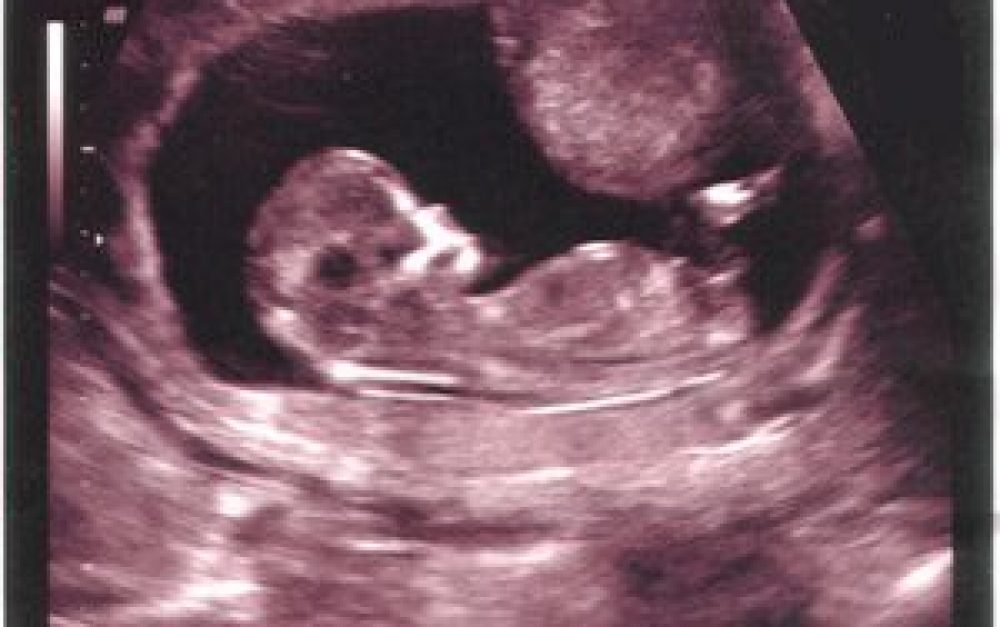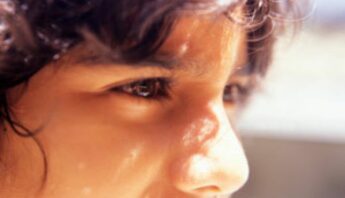Doctors are rolling up their sleeves to search for the causes of autism. Dr. Philip Landrigan announced last week that he's rounding up a scientific posse to identify a "Most Wanted Chemicals" list based on the latest information linking environmental contaminants to Autism Spectrum Disorder. It's high time.
For awhile, experts said autism rates were increasing because it was diagnosed more often. As parents were more aware of symptoms, the definition of the disorder expanded, and the stigma linked to the disease began to fade. But researchers now say that the alarming numbers are real: between 2002 and 2006, a more than 57% increase in autism cases; as many as 1 in 80 children in the U.S. may now be affected.
Scientists now understand that a combination of genetics and environment comes into play, and that exposure to certain chemicals during fetal development (such as the pesticide chlorpyrifos) can have dramatic and lifechanging impacts on the development of a child's brain. The researchers note that other factors may play a role in setting the damage in motion as well—physical factors such as heat or radiation, and exposure to medications, drugs or alcohol.
But as Dr. Landrigan notes in an interview with The Daily Green, the developing brain is particularly vulnerable to pollutants:
The human brain in the human fetus is exquisitely vulnerable to toxic chemicals – much more than in adults," Landrigan said. "The human brain is capable of doing calculus and writing symphonies and enjoying the beauty of the sunset, but the cost of that is exquisite vulnerability.
Personally, I'm hoping Landrigan and his posse come up with that "Most Wanted" list ASAP. It will then be our turn to roll up our sleeves, and together convince corporations and policymakers to get the offending chemicals off the market and out of our kids.








